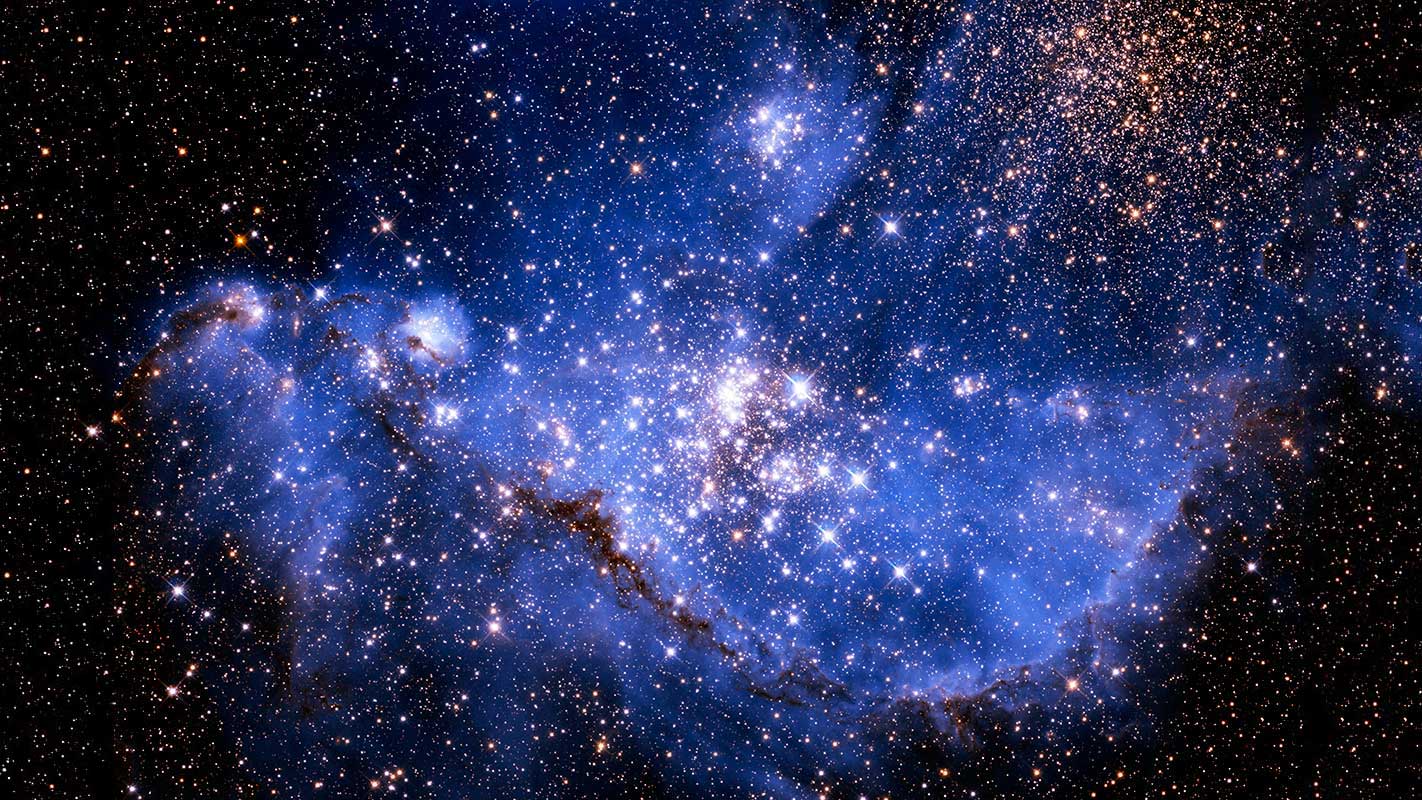The confirmed lack of dark matter was identified by NASA’s Hubble Space Telescope in the Ultra Wide Galaxy (UDG), according to the PhysOrg Science Education portal.
Strange galaxy different from other galaxies
The distance to the galaxy NGC 1052-DF2 (DF2) has been determined more precisely than ever before by an international research team led by Zile Shen and Peter van Dokkum, researchers at Yale University, and Shani Daniele, a NASA fellow.
Accurate determination of distance is crucial in determining the physical properties of a galaxy, and thus in determining the absence of dark matter, Daniele said.
The Astrophysical Journal Letters The study, presented in the scientific journal, is based on observational data from the Hubble Space Telescope’s orbit around 40 terrestrial planets.
The findings confirm findings from 2018 research by astrophysicists.
“I think this has been properly called into question, because it is a very unusual finding.

It would be good if there was some simple explanation, such as measuring the distance poorly. “But I think it’s much more interesting and interesting that it’s a really strange galaxy,” van Dokkum said.
It exists, but it has not been proven
Much of the universe consists of mysterious dark matter, the existence of which has not yet been directly proven, and only indirect evidence of its existence has been found. It can be assumed that this special matter binds galaxies together which would practically diverge due to their rotational motion; Dark matter, in turn, gives them extra weight.

Dark matter is probably five times more common than ordinary matter, but it does not emit light
Or detectable radiation, only the effect of gravity can be detected. Researchers say they make up 27% of the universe. There is no good explanation yet for how and why there is no dark matter in the galaxy NGC1052-DF2 in the northern constellation of Cet.
(Source: MTI)












































